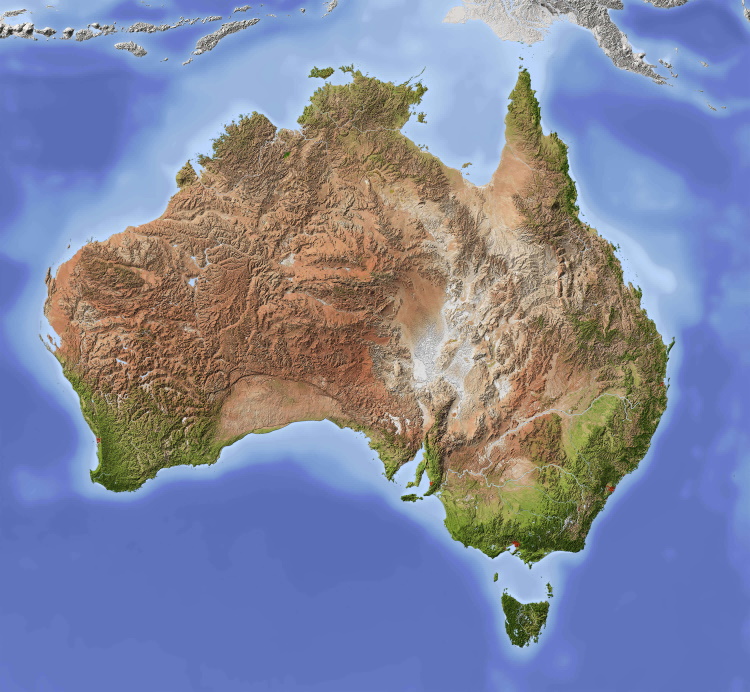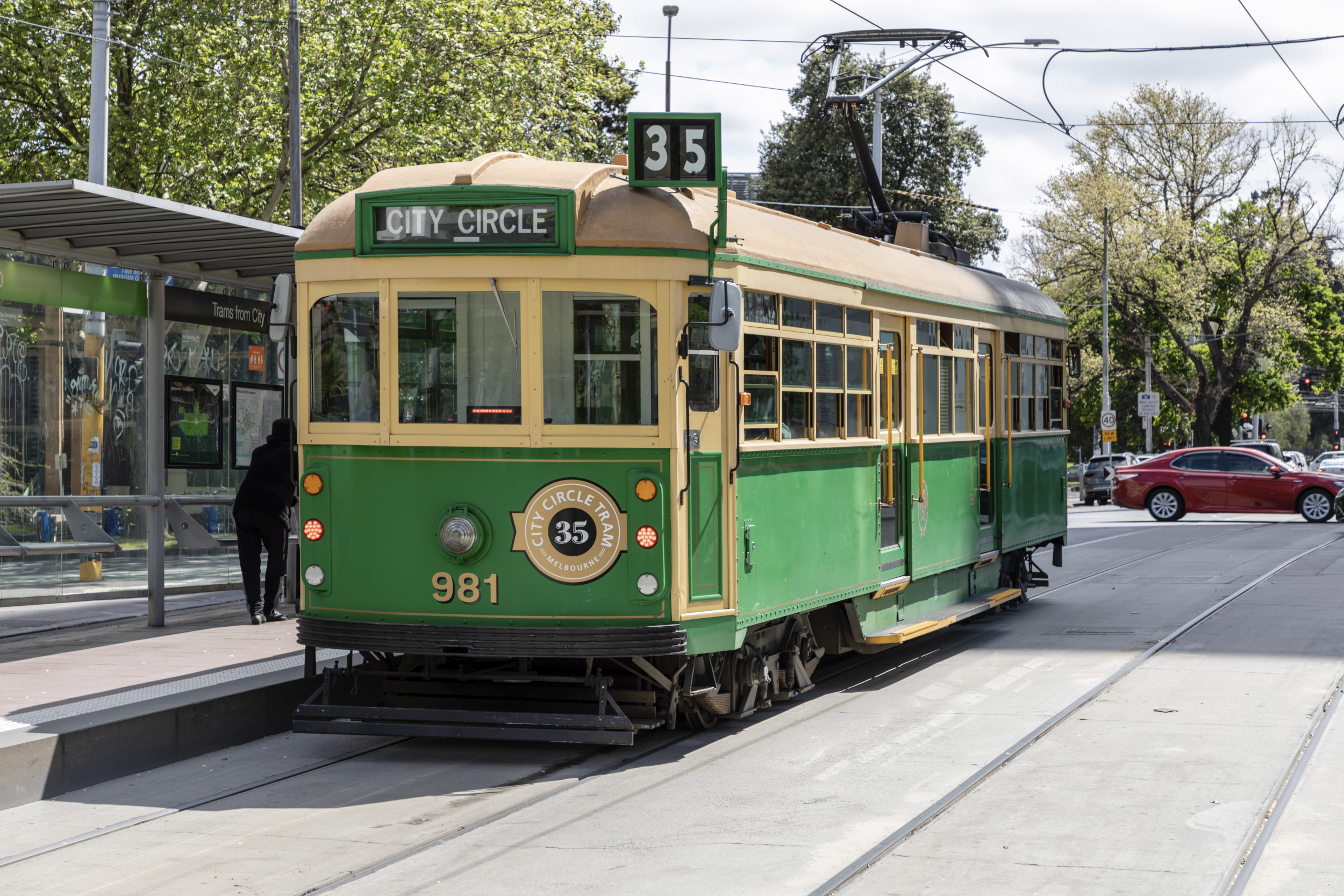Love the Jimny, yeah sometimes you get to ruts and think “did a Sherman tank just drive through here?”
- 0 Posts
- 34 Comments
I’ve heard about the y62 getting better economy than the 200 series LC a few times now in some scenarios. Shows you how far petrols have come and the improvements in autos.
The new 250 I can’t rap my head around it. You would really have to not like the V6 Everest, and the 150 was a fantastic platform from stock for most people.
Not gonna deny, but people often misrepresent SUVs. Take away the full-sized Land Cruisers, they are almost always more fuel efficient, much more reliable and easier to drive.
My EF Ford falcon when I was on my Ps was 5m long, had no ABS, no airbags and had a 4L engine that averaged 16-18L/100km around town. My mother in law’s new RAV4 has an engine half the size, hybrid, and gets 5L/100km. It has back up cameras, and sensors all round.
As for duel cabs and wannabe overlanders, yes, I hate them as much as the next person. They are truly a master of none and don’t even fit in the garage. Toyota’s like “fuck it let’s charge $100k for something we designed in the 80s”, and boomers flock to it like flies to shit. I’ve driven one which was so heavy and full of mods it needed it’s Gross Vehicle Mass rating upgraded (costs about $5k), thus having heavy rock hard suspension. It drove as if it had no suspension and was an absolute slug.
It’s expensive to develop a car in general because of ever increasing safety and tech requirements. It’s probably $10k of safety equipment per car. That’s part of the reason why the Yaris is $30k right now. The days of mass producing a small car on razor thin margins is incredibly risky and offers little reward.
The other thing is a change in consumer demand. People will happily fork out more for larger vehicles, and some will fork out tonnes for off-road based cars. These can offer very healthy margins.
There’s is also cleaver marketing, in that in large parts of Australia, you “must” have a big 4wd. I have driven my Suzuki all around Australia can safely say you don’t need a 4wd unless you plan on going off-road.

 5·9 months ago
5·9 months agoGood luck man. Being in the job seeking grind is soul crushing. People forget how slow, painful and dehumanizing it can be. Silly tests, multiple interviews and referees.
Remember you are more experienced than you are one day ago. Add this current contract to your resume and continue seeking.

 3·11 months ago
3·11 months agoIt’s kinda a game how much can you leave in your trolley when you press the pay button.

 5·11 months ago
5·11 months agoThere’s an economic trade-off for everything. It’s not that we can’t have it happen, but roads like the Hume Highway and Pacific Highway will need to be completely redone with a widespread flattening of the road, gentler corners, constant surveillance of kangaroos and wombats on the road and a massive road maintenance workforce who can rapidly fix entire sections of the road.
This will require raising taxes or diverting funds, not worth it, especially when you have a road network that is at least 10 times the size of Germany, and with a quarter of the population.

 10·11 months ago
10·11 months agoAs a motoring enthusiast, I love to go fast, but there’s a number of problems:
-
a faster speed limit will not result in more cars per minute on a given road. As speeds increase, cars have to be more spread out.
-
by no means are Australian roads are in a condition for ultra high speed limits. Our way of fixing pot holes is very touch and go. We have bumbs and undulations. On the Autobahn, they replace the entire tarmac, not just fill in a hole.
-
a lot of our car fleet is not safe or designed to go 130kmh. A lot of older 4wds with big tyres, these were never designed to go fast. They have tiny brakes. In Germany a roadworthy is massive, and older cars are taken off the road.
-
a faster speed will result in more CO2 emissions. Cars (especially SUVs), get worse fuel mileage above 100kmh as wind drag becomes a greater burden. EVs get exponentially worse range at high speeds.
-
a lot of our car fleet tows caravans. That are not designed for that speeds.
-
in NSW were their L platers can’t go faster than 90, this will be a massive speed differential.
-
we have unique hazards such as wildlife and unlit highways that makes fast driving extremely dangerous.
-
faster driving leads to more lethal crashes, especially in poor weather.
-
Door dasher in Australia here: after about 500 completed orders, I can say I’ve been tipped once, by this old lady like A$5.
Tipping is stupid. I’m not incentivised to do anything better. The app would just give everyone crappier orders if everyone tipped.

 3·1 year ago
3·1 year agoOn country roads it is a lot less stressful for you and the trucker if you have a cb radio. You don’t need a massive areal and all wired in, just a little handheld for to communicate to a truck in front or behind.
Say you’re towing a caravan at 90kmh. You can just say to the truck behind “white land cruiser and van to linfox truck, I’m slow, in 3km there’s a overtaking area I’ll let you go around.”

 131·1 year ago
131·1 year agoI’ve ended a relationship because the girl drove like an impatient bafoon. If you have a superiority complex about a speed limit in residential areas, I’ll sit in the passenger seat railing about how you’re such a shit driver. Just drive the speed limit and gently.
Yeah English police are much more welcoming than the US police.

 4·2 years ago
4·2 years agoIt’s about as annoying as young people abandoning any and all punctuation entirely the amount of people that will write an entire paragraph and not use a single period is obscene if you can’t bother to organize your thoughts in the most minimal way I’m going to assume you have nothing of worth to say and just won’t read it and frankly, if what you’re saying is so boiler plate you don’t need punctuation then you really don’t have anything to add so probably just shouldn’t

 4·2 years ago
4·2 years agoWell this is just impossible. The UK tried to do this and failed. Plus I’m not sure how this is going to reduce DV? Is there a problem of kids strangling their partners during sex? Isn’t there a better way to educate them?

 2·2 years ago
2·2 years agoSo a non refundable return of over 10% with an expected break even at year 10. Hmm, that’s not a good investment. Also I adds no value to your property.
I’m gonna call it, the farmer put up $100k in solar and sold it for $200k with a dividend plan for what it produces.

 7·2 years ago
7·2 years agoGovernment financed IVF will not solve the birth decline, nor will a plethora of government carrots and incentives for short term fixes. Because Australia has a long tradition with immigration I don’t see low birth rates as a dire problem, it is bad news for older homogenous societies like Russia, China and Japan. What will be necessary though is a shift in our composition of tax policies and handouts. Much more tax collections will have to come from non personal income.
If you’re under 30, full-time job, no looming debts, no kids, then the 6 months can really be 3 months or around $10,000. If you have a partner, you are even more secure. Remember this is a figure derived from very conservative financial commentators who assume you have a linear college and job progression (which is rarely the case). Even a 1 month savings buffer will save you for 90% of the unexpected expenses.
If you’re in your late 50s, finding a new job will be tough, especially if you are laid off during a recession. In that case a generous buffer beyond 6 months would be good.
Either way, having savings is a good thing. Yes you will miss out on those “epic Bitcoin gains”, but once you have made an emergency savings buffer, then you can really knuckle down on contributions to retirement.

 1·2 years ago
1·2 years agoGuys it’s ok we didn’t really care about NOX emissions in 2006 relax. It’s more of a gen z problem.

 60·2 years ago
60·2 years agoLiving in apartments.
In a lot of cities and towns living in apartments is seen as something that young adults who are renting short term do, and definitely not families or older couples.
Living in an apartment is considerably cheaper for my situation. I drive so much less, I pay for less power, and I have all this parkland around me.
I’m a car guy and I don’t have a garage, that’s annoying, but I commute by escooter now and drive on the weekends. It’s much better.


Thank you but we’ll take that as a comment.